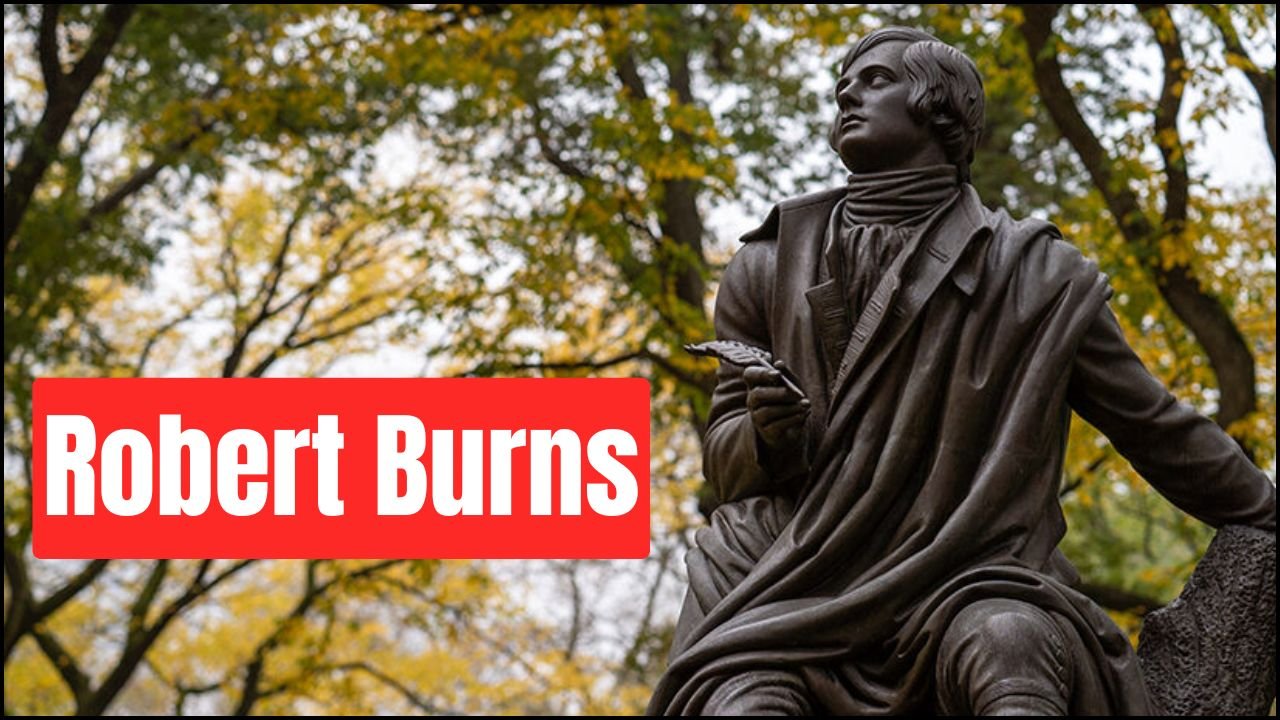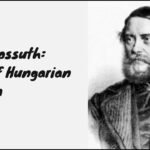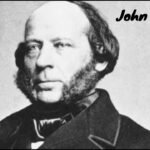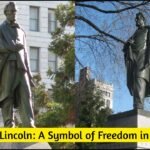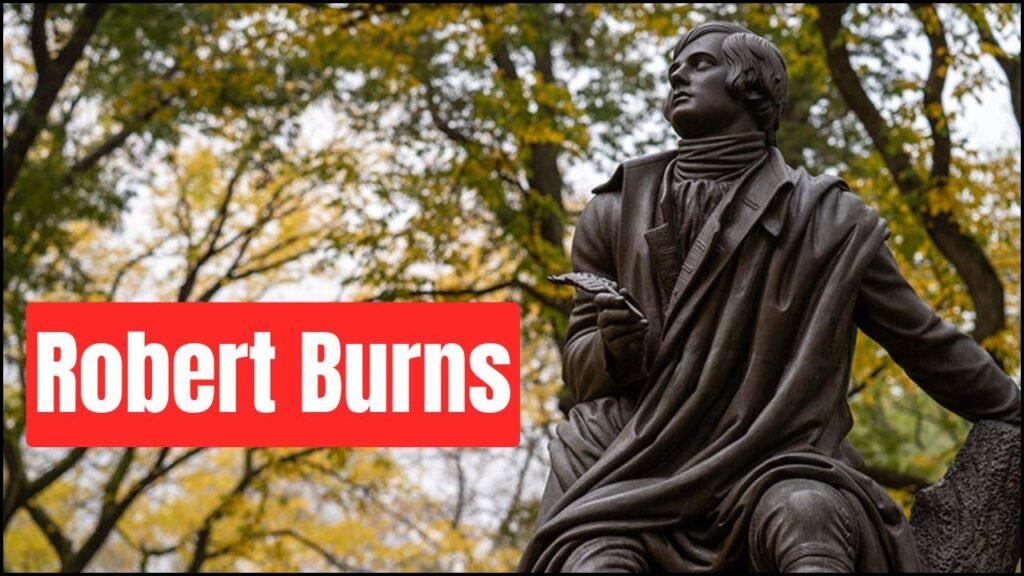
Robert Burns, the beloved Scottish poet known for his timeless works such as Auld Lang Syne, holds a special place in Central Park, New York. After the success of the Sir Walter Scott monument, Scottish Americans wanted another tribute, this time to celebrate Burns. Their desire to honor him was not only about art and poetry but also about showing their presence in American culture. This led to the creation and installation of a dedicated statue, which now stands proudly in the park.
Background of the Robert Burns Monument
- Scottish-American Pride: Scottish immigrants felt a strong connection to their homeland. They saw Robert Burns as a symbol of Scotland’s literary greatness.
Following the tribute to Sir Walter Scott, they started pushing for Burns’ statue. - Cultural Inclusion: The monument was more than a tribute — it was a statement. Immigrants wanted to be seen and accepted in American society. Placing statues in Central Park symbolized their contribution to the new nation.
Robert Burns and His Literary Legacy
- Famous Works: Auld Lang Syne, To a Mouse, and Tam o’ Shanter are some of his best-known poems. Burns often wrote in Scottish dialect, celebrating rural life and human emotions. His poems have been translated into many languages and are loved across the globe.
- Themes in His Poetry
- Love and Humanity – Burns often spoke about universal emotions.
- Nature – Many poems include vivid imagery of the Scottish countryside.
- Freedom and Equality – His verses sometimes addressed political and social issues.
Details of the Monument
| Feature | Description |
|---|---|
| Sculptor | John Steell, a respected Scottish sculptor |
| Material | Bronze statue with a stone pedestal |
| Location | Southern end of the Mall in Central Park, across from Scott’s statue |
| Unveiling Date | October 1880 |
| Statue Style | Life-size and naturalistic |
| Pose Depicted | Burns sitting with pen and paper, mid-composition |
John Steel’s Contribution
- Sculptor’s Background: John Steell was a prominent sculptor from Scotland. He had earlier sculpted Sir Walter Scott’s statue. His work on Burns matched Scott’s in size and style for balance.
- Artistic Approach: Steell focused on realism. He portrayed Burns not as a distant hero but as a man in thought. The posture reflects Burns’ dedication to writing and deep reflection.
Symbolism and Placement
- Facing Sir Walter Scott: Burns’ statue faces that of Sir Walter Scott, creating a symbolic dialogue.
This arrangement highlights Scotland’s contribution to literature.
Both writers are honored side by side, connecting past and present. - Why Central Park?: Central Park was becoming New York City’s cultural centerpiece.
Immigrant communities saw it as the ideal space to be represented.
The Burns monument offered a visual reminder of Scottish heritage and pride.
Community Involvement and Support
- Burns Memorial Committee: A group of Scottish Americans led the fundraising and planning.
They reached out to their community for support.
Their efforts showed unity and deep respect for Burns’ legacy. - Funding and Donations: Most funds came from donations by the Scottish community.
Their financial support turned the dream into reality.
The act of donating the statue was a proud moment for many families.
Public Response and Cultural Impact
- Reactions to the Unveiling: The unveiling drew large crowds in 1880.
Speeches celebrated Burns’ contributions to global literature.
The event was seen as a cultural milestone for Scottish Americans. - Continued Appreciation: Visitors to Central Park still admire the statue today.
Burns’ works remain part of school curricula and public celebrations.
His statue continues to inspire poets and readers alike.
Importance of Immigrant Monuments
| Aspect | Significance |
|---|---|
| Representation | Immigrants used monuments to express their identity in American society |
| Cultural Memory | Statues like Burns’ keep historical figures alive in public memory |
| Unity and Pride | Communities united around shared history and cultural pride |
| Educational Value | Monuments teach future generations about global contributions to the arts |
Closing Perspectives
Robert Burns’ monument in Central Park is more than bronze and stone—it is a celebration of language, heritage, and belonging. The statue, facing Sir Walter Scott’s, speaks of shared culture and mutual respect among immigrants and Americans alike. Scottish Americans succeeded in making a lasting tribute, proving that literature and legacy know no borders.
Helpful Information
What does Robert Burns’ legacy mean today?
His poems continue to be read and performed worldwide. His themes of love, nature, and equality are still meaningful in modern times.
Who was Robert Burns?
Robert Burns was a Scottish poet born in 1759. He is known for writing in the Scots language and is celebrated for poems like Auld Lang Syne and To a Louse. His work highlighted rural life, love, and freedom.
Why is Robert Burns’ statue in Central Park?
The statue was placed by Scottish Americans who wanted to honor their cultural hero and feel represented in New York City’s most iconic park.
Is the statue of Robert Burns unique?
Yes, John Steell created the statue specifically for Central Park, although he sculpted other versions for locations like Edinburgh. This particular one was designed to match the earlier Sir Walter Scott statue.
